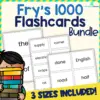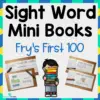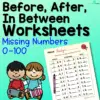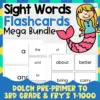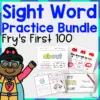Written over three decades ago, this alphabet picture book has become a bestseller worldwide. It tells of the lowercase letters racing to get to the top of the coconut tree.
With a rhyming narrative, this book is perfect for young children trying to learn the letters of the alphabet.
Check out these ten activities that go well with the book and will help children learn while having fun.
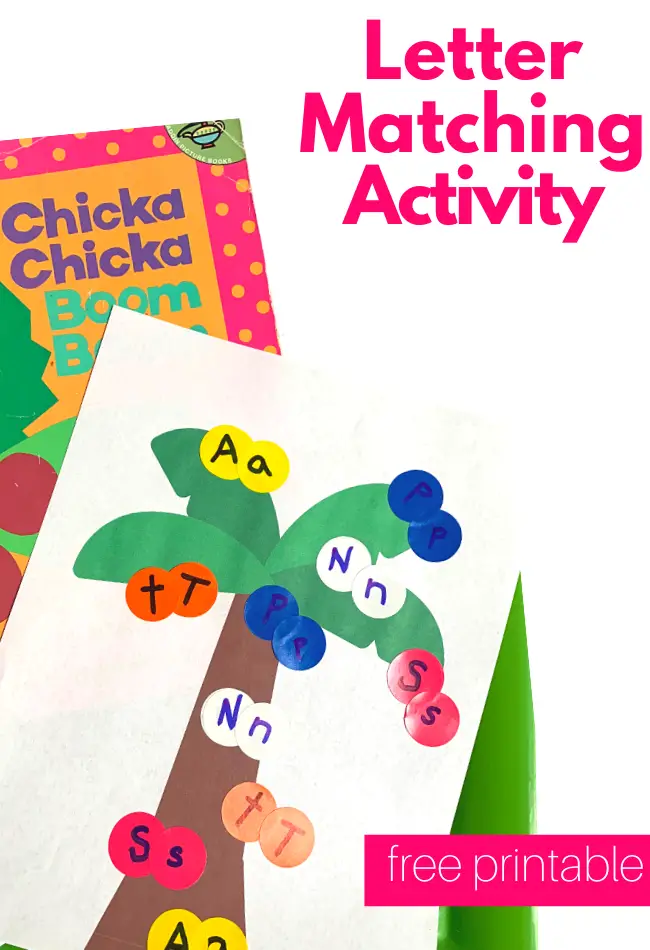
Turn the coconut tree template into a literacy mat to help children with their letter recognition skills by matching the letters. This activity is perfect after reading the story, for centers, or even for individual practice.
Children may also learn to match different colors and improve their fine motor skills as they peel off and stick the stickers on the mat. The site suggests various ways to modify this activity depending on the learner’s skills.
Download and print the free coconut template from the site. Laminate this, if possible, for durability. Next, use the markers to write the uppercase and lowercase letters on the dot stickers.
Let children match the letters by finding the right pair. Next, have them stick the matching pair on the tree. Continue with the other letters until all are matched.
The site suggests using the same colors for children just beginning to learn the alphabet. Make it more challenging by using different colors of stickers to ensure that children will focus on matching the letters rather than the colors.
For this activity, you will need:
- Printed coconut template
- Markers
- Circle dot stickers
- Scissors
For more information on this activity, go to NoTimeForFlashcards.com.
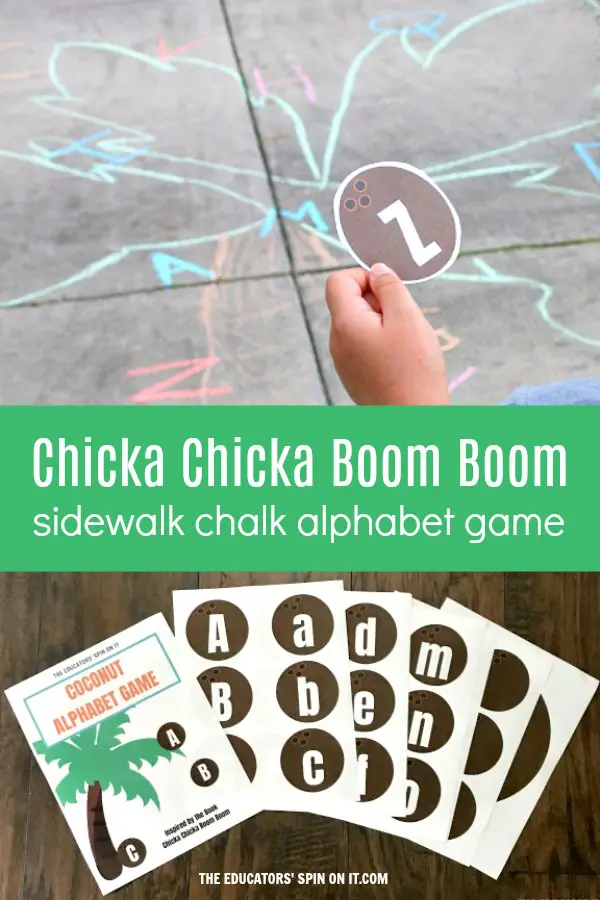
Turn the book into a fun and exciting game for children that will help them improve their letter recognition, phonemic awareness, fine, and gross motor skills. Children will love matching the letters as they race to beat the time or the other group.
Download the coconut alphabet printable from the site. Print the pages, cut out and laminate them if possible. Set these aside. Next, find a sidewalk or a safe open area that is concrete.
Use the chalk to draw the tree on the concrete ground. Use green chalk for the leaves and brown for the trunk. Next, write the uppercase letters on and around the leaves.
Place all the coconut letters in a container. Let the children pick one coconut letter and have them find its matching pair. Children can match both uppercase, both lowercase, or a combination. Make this game challenging by using a timer.
This activity can be tailored for big groups. Each group will race to match all the letters of the alphabet.
For this activity, you will need:
- Sidewalk chalk
- Printed coconut alphabet
- Rock
- Scissors
- Plastic containers
For more information on this activity, go to TheEducatorsSpinOnIt.com.
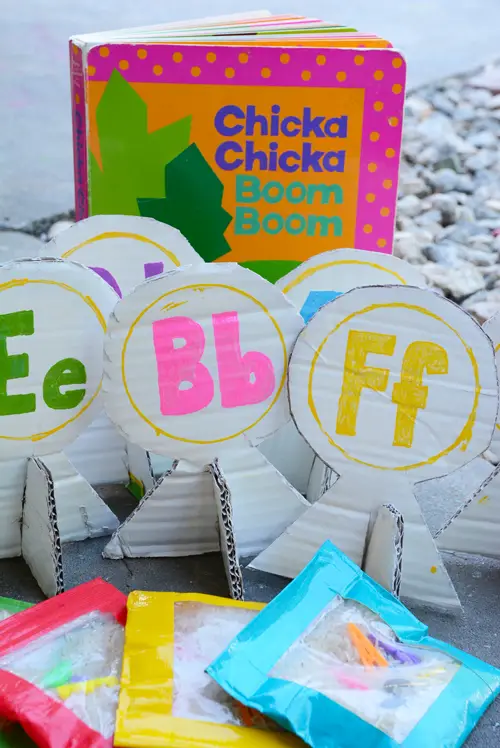
This book-inspired activity is a great way to learn the letters of the alphabet while being active. Children will improve their letter recognition and hand-eye coordination skills while playing.
Let children help with making the rice bags and cardboard letters to help enhance their fine motor skills and control. Doing this will also provide a wonderful sensory experience for children.
Start by pouring enough uncooked rice into a small-sized Ziploc bag. Add some plastic letters. Close the bag and seal it. Use duct tape to seal all the edges. This step will prevent the rice from accidentally spilling out of the bag.
Next, make cardboard letters. Outline the shape of the cardboard pieces and the cardboard stand. Refer to the pictures on the site for this step. Cut out and paint them white. Allow the paint to dry.
Use colored markers to write the letters of the alphabet. Attach the stand by cutting a slit and inserting the cardboard letters. Place all of these on the ground. Let children take turns using the rice bag to hit the target letters.
For this activity, you will need:
- Uncooked rice
- Ziploc bags
- Plastic letters
- Colored duct tape
- Scissors
- Cardboard
- Paint
- Markers
For more information on this activity, go to MeriCherry.com.
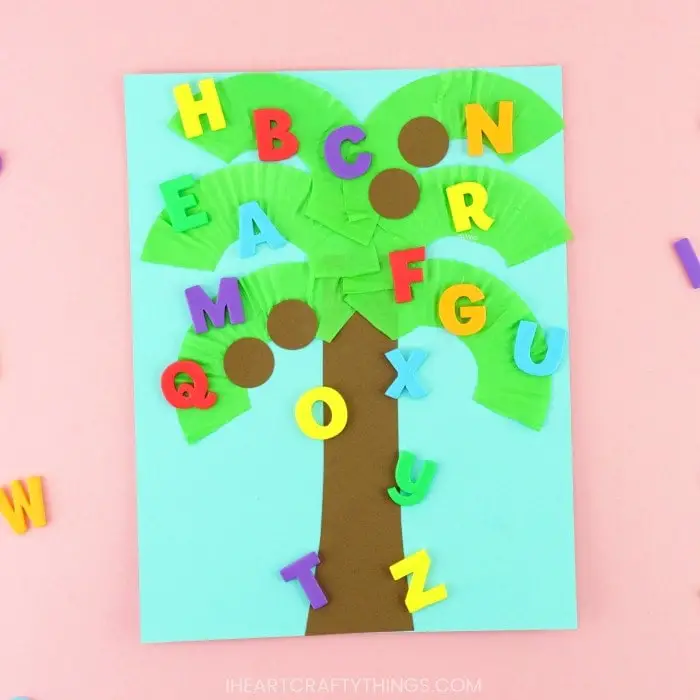
This craft represents the coconut tree from the book. Filled with the letters of the alphabet, making this tree is a great activity to teach children letter and color recognition skills.
The children will improve their fine motor skills when they cut the cupcake liner and cardstock and stick the alphabet stickers on the paper.
Make the coconut tree leaves by separating the cupcake liner’s ribbed part from the circle part. Fold the liner in half and cut off the smooth part. Next, unfold and cut the ribbed part in half. Repeat this process two times more to create six leaves.
Cut the trunk from the brown cardstock. Glue this on a light blue cardstock. Next, glue the leaves on the trunk in layers. Punch circles from the remaining brown cardstock to make the coconuts. Stick them on the tree.
Add the letters of the alphabet to complete the craft. Extend this activity by showing the lowercase forms of the letters and letting the children find their uppercase form.
For this activity, you will need:
- Cardstock
- Green cupcake liners
- Circle puncher
- Foam alphabet stickers
- Scissors
- Glue
For more information on this activity, go to IHeartCraftyThings.com.
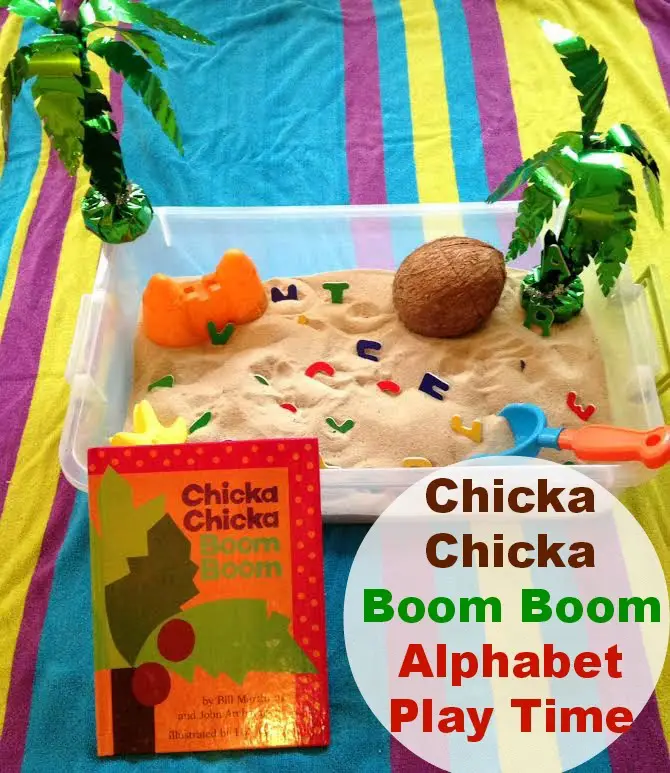
The book-inspired sensory play setup is perfect for summer, beach-themed, and tropical-themed lessons. This fantastic bin of discoveries is a wonderful addition to centers or outdoor play.
Letter and color recognition skills can improve with this activity. Digging in the sand will help strengthen their hand muscle and improve their coordination. Playing with sand will provide a sensory experience for children.
Ensure that the bin is clean and dry before using it. Place a good amount of sand inside about half of the bin. Bury the plastic letters. If available, add decorations appropriate for the theme, such as plastic toys, trees, and coconuts.
Provide children with a plastic shovel and let them dig up the letters. Let children find identical letters in the book. Extend the activity by allowing the children to find the letter and say its name and sound.
They can also say an object that begins with the letter. Doing this will help improve their phonemic awareness skills.
For this activity, you will need:
- A large bin
- Sand
- Plastic alphabet letters
- Plastic toy shovel
For more information on this activity, go to NaturalBeachLiving.com.
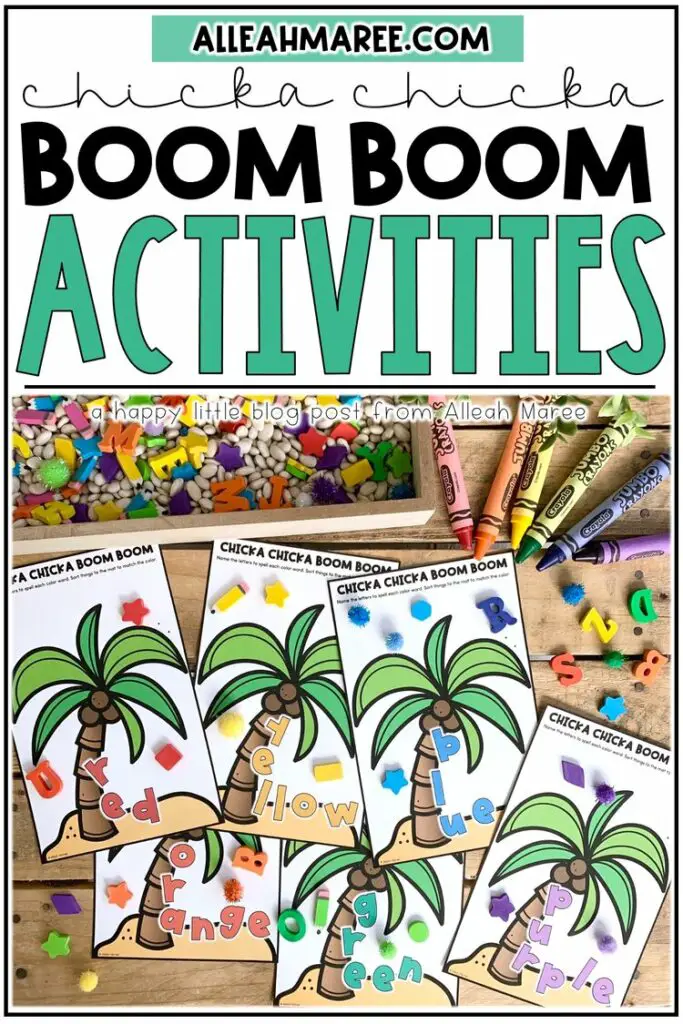
Being able to retell the story is vital for children to learn. It builds crucial cognitive-related skills. This includes memory and attention, recalling details, and the ability to organize events chronologically.
This printable is part of the set of learning materials inspired by the book. The sequencing activity has nine pictures that children can color, cut, and paste. Doing this task will help improve their fine motor skills.
This printable also comes with a sequencing worksheet for children to place the pictures in order of events. This worksheet has numbered boxes to help guide children where to begin and end.
Download and print the worksheets from the site. Read the book to the children. Let them color and cut the pictures. Let children organize the pictures in order before gluing them on the boxes.
Use the book to help children remember the events in the story. Once all the pictures are correctly ordered, have the children glue them on the boxes. Let children use their own words to retell the report based on their work.
Doing this will help improve their oral language skills.
For this activity, you will need:
- Printed worksheets
- Crayons
- Scissors
- Chicka Chika Boom Boom book
For more information on this activity, go to AlLeahMaree.com.
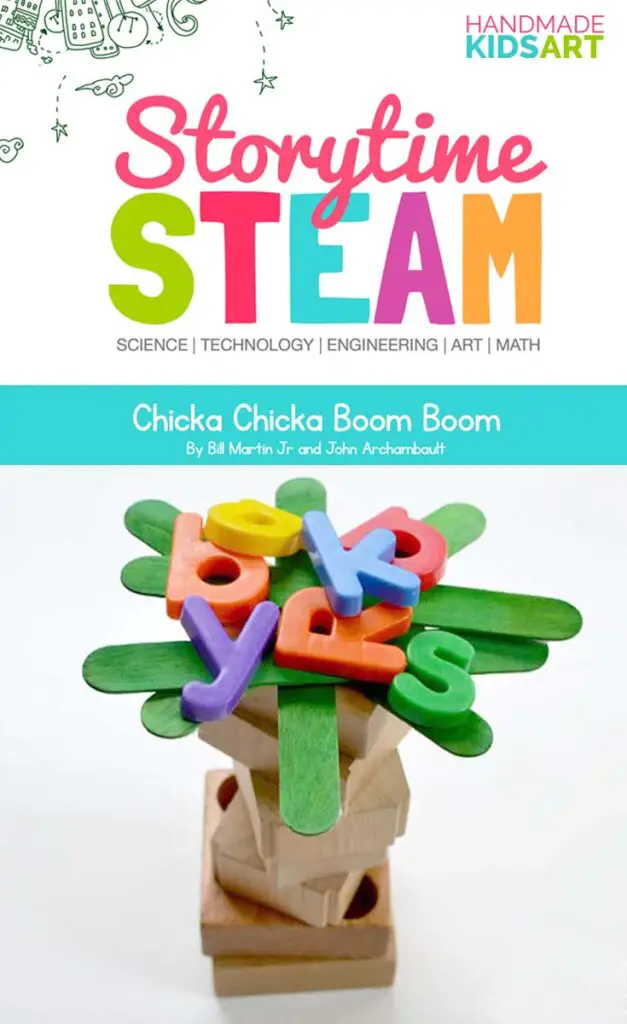
Posing a problem for children to solve will help them develop their critical thinking skills. Using children’s literature for STEAM activities will help children become engaged while having fun.
Challenge children using simple materials to build a tree capable of holding a lot of plastic letters. They will learn through trial and error as they work to solve this problem.
This helps children to be patient and persevering. It will also teach them to think creatively to solve problems. As they stack the blocks and sticks, they will improve their fine motor skills and coordination.
Begin by reading the book to the children. Show the part where the tree bent because it could not hold the weight of the letters. Explain the challenge to the children and provide the materials they will work with.
Let children find different ways to make the tree stable. Let children find out the number of letters they can hold without falling apart.
They may draw the design of their tree on paper. This will be relevant when discussing the possible changes to the tree’s design for further improvement. Let them discuss their findings and ideas.
For this activity, you will need:
- Plastic alphabet letters
- Wooden blocks
- Green craft sticks
For more information on this activity, go to PreschoolSTEAM.com.
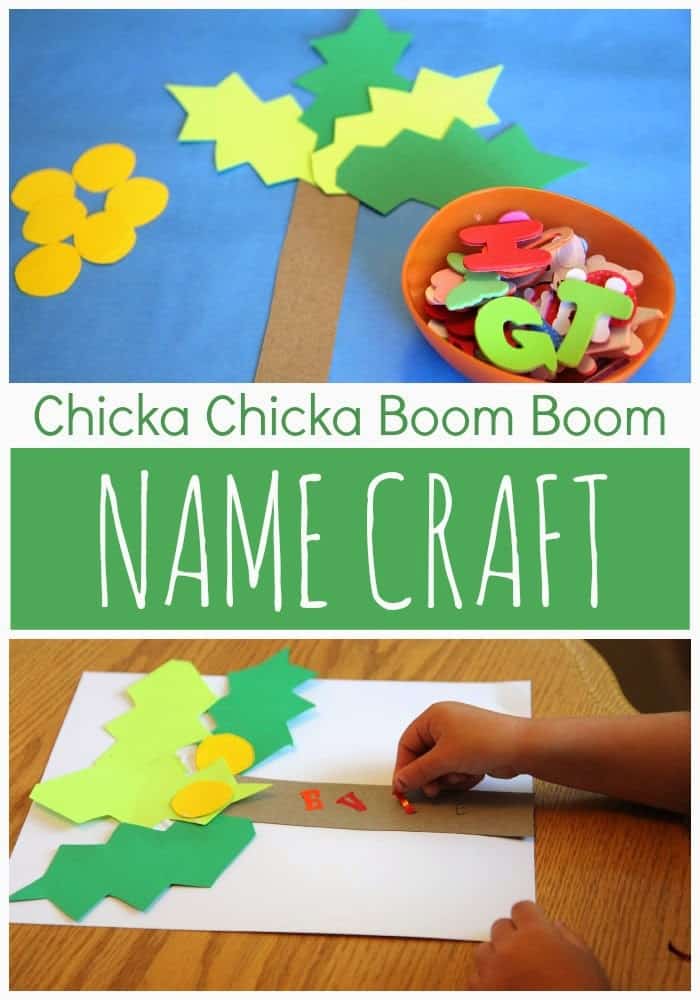
Teach children the letters that make up their names with this book-inspired craft. Aside from name and letter recognition skills, children will also improve their fine motor skills when they cut and paste the pieces to make the coconut tree.
Learning to recognize their printed name is an essential skill in preschool. They will become aware that the name they hear has a printed counterpart, and this printed form is made up of recognizable letters.
Let children cut out the leaves from green and yellow cardstock. The trunk can be cut out from cardboard. Cut a yellow circle from the dark yellow cardstock. These will become coconuts. The site suggests using precut pieces for younger children.
Assemble the tree by gluing them on white paper. First, glue the trunk. Next, add the leaves and the coconuts. Use the pen to write their names on the trunk. Finally, let the children use the foam sticker letters to spell their names.
For this activity, you will need:
- Cardboard
- Cardstock
- Alphabet foam stickers
- Glue
- Scissors
- White paper
- Pen
For more information on this activity, go to ToddlerApproved.com.
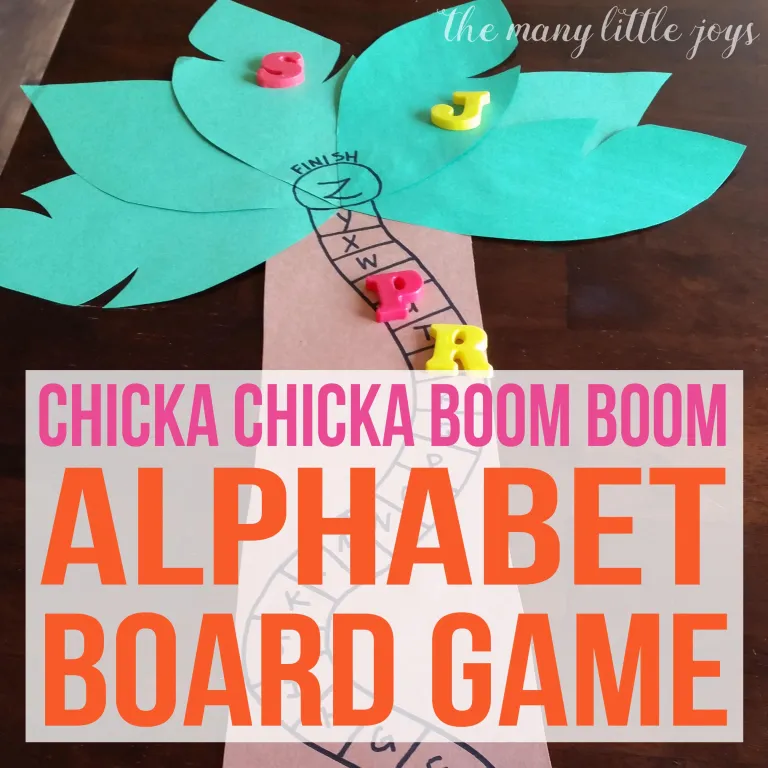
Turn the beloved coconut tree from the book into a board game that teaches letter recognition skills to young children. This letter board game teaches children to follow the rules, focus, and pay attention to details.
Children will also develop patience when waiting for one’s turn. This is an essential social-emotional skill for children to learn.
Make the tree trunk by cutting two brown construction papers in half. Cut these lengthwise and glue each end together to form a long trunk.
Cut out six pieces of leaves from three green papers. Fold the green paper in half to make two symmetrical leaves on each paper. There is no template provided for the leaves. Refer to the pictures on the site for this step.
Use a pencil to draw a pathway leading to the top of the tree. Include “start” and “finished” labels. Write each letter of the alphabet into the spaces. Using the pencil in this step will make it easier to make changes. Use the marker to darken the outline.
To play the game, let each child use plastic letters as markers. Take turns rolling the die and moving the letters until it reaches the top of the tree. The first one to reach the top is the winner.
If the letter matches where it lands, it automatically moves to the “finished” part of the board game, and the game ends. The site suggests modifying the rules based on preference.
For this activity, you will need:
- Construction paper
- Glue
- Marker
- Pencil
- Plastic alphabet letters
- A die
For more information on this activity, go to TheManyLittleJoys.com.
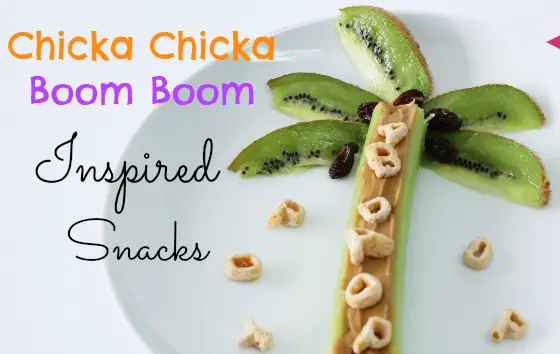
Create a filling and nutritious snack based on the coconut tree from the book. Children can name the ingredients and follow verbal instructions when making this edible tree.
Using the alphabet cereal will help improve their letter recognition skills. As older children use the plastic knife to cut the kiwi and celery, their fine motor skills and coordination will also improve. For younger children, use pre-sliced pieces.
Start by letting children cut the peeled kiwi into wedges resembling the coconut tree leaves. Trim the celery stick to fit the plate. Carefully spread the peanut butter on the celery. Use a peanut butter substitute for those with allergies.
Place the celery in the middle of the plate. Arrange the kiwi slices on the plate to make them look like the tree’s leaves. Add some raisins on the kiwi for the coconuts. Finally, take some alphabet cereals and place them on the peanut butter.
Modify this activity by letting children choose the letters that make up their names. Place them on the celery stick. This will help children recognize their printed names.
For this activity, you will need:
- Kiwi
- Celery
- Peanut butter or a substitute
- Raisins
- Alphabet cereals
- Plate
- Plastic knife
- Cutting board
For more information on this activity, go to PreKPages.com.
Conclusion
“Chicka Chika Boom Boom” is a fun book to read to young children who are learning the letters of the alphabet. Consider using these ten activities to go with the lessons. Children will learn literacy skills while having fun.
These activities are versatile and can be modified easily for differentiation to fit every child’s ability.
Thank you for reading!
People Also Ask
The story of “Chicka Chika Boom Boom” by Bill Martin, Jr. and John Archambault presents pre-reading concepts that children can relate to.
Climbing trees, getting hurt, parents to the rescue, making dares, and responding to dares, are all relatable for children. Coupled with the letters of the alphabet, this book packs a handful of concepts necessary for preschool learning.
The story of “Chicka Chika Boom Boom” by Bill Martin, Jr. and John Archambault presents pre-reading concepts that children can relate to.
Climbing trees, getting hurt, parents to the rescue, making dares, and responding to dares, are all relatable for children. Coupled with the letters of the alphabet, this book packs a handful of concepts necessary for preschool learning.
Check out more preschool book-based activities:


